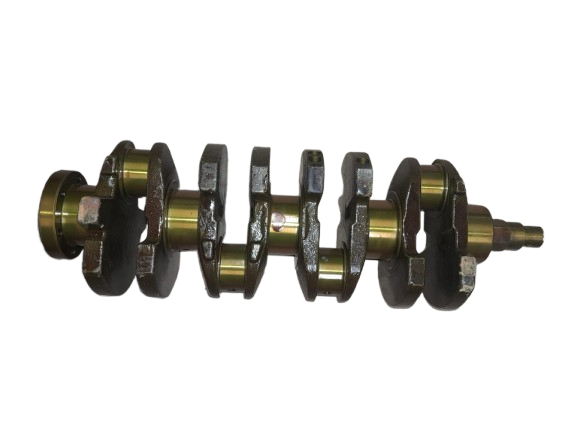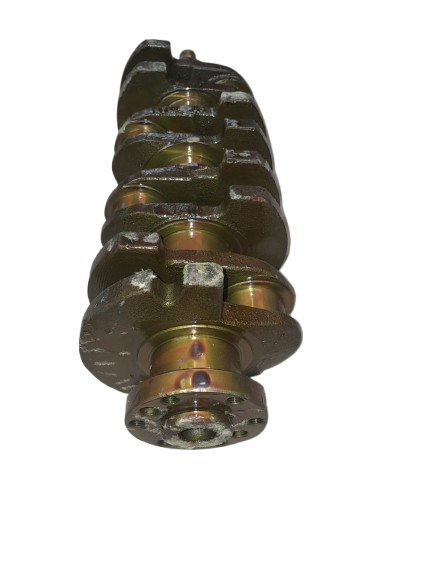


Overview
The crankshaft in the Opel Corsa C 1.6L engine is a critical component in the internal combustion system, responsible for converting the linear motion of the pistons into rotational energy. Manufactured with precision engineering and durable materials, the crankshaft in the Corsa C’s 1.6-liter variant is designed to withstand high levels of stress and provide long-lasting performance.
This specific crankshaft is typically found in models equipped with the Z16XE engine, a popular 1.6-liter inline-4 petrol engine known for its reliability and efficiency. The crankshaft plays a pivotal role in the operation of the engine and overall vehicle performance.
Construction and Material
The crankshaft is generally constructed from forged steel or cast iron, depending on the manufacturing batch or engine variant. Forged steel crankshafts offer superior strength and durability, making them ideal for performance or longevity under higher loads. It features five main bearing journals for improved stability and balance during rotation. The journals and counterweights are meticulously machined and balanced to ensure smooth operation and reduce vibration.
Key Specifications
- Engine Compatibility: Z16XE (1.6L petrol)
- Material: Forged steel or cast iron
- Main Bearings: 5
- Connecting Rod Journals: 4
- Balance Type: Internally balanced with counterweights
- Crankshaft Position Sensor Gear: Integrated
Functionality and Performance
The crankshaft’s primary function is to convert the up-and-down (reciprocating) motion of the pistons into rotational (torque) motion, which is then transferred through the flywheel and gearbox to drive the wheels. The smooth rotation of the crankshaft is essential for minimizing engine vibration and ensuring consistent power delivery.
In the 1.6L engine of the Corsa C, the crankshaft works in tandem with the connecting rods, main bearings, and pistons to deliver balanced and efficient power output. Its precision is crucial to the correct operation of the timing system and ignition, particularly since it houses the trigger wheel used by the crankshaft position sensor.
Common Issues and Maintenance
While the Opel Corsa C crankshaft is robust, like any engine component, it can suffer from wear and tear over time. Common issues include:
- Bearing wear
- Journal scoring
- Out-of-round journals
- Crankshaft end play
These issues are often caused by poor lubrication, lack of maintenance, or excessive engine loads. Regular oil changes, quality lubrication, and correct engine tuning can help extend the life of the crankshaft.
Replacement and Availability
Genuine or OEM crankshafts for the Corsa C 1.6 are widely available through Opel dealers, aftermarket suppliers, and automotive parts retailers. When replacing the crankshaft, it is essential to inspect or replace related components such as main bearings, thrust washers, oil seals, and the crankshaft sensor to ensure full restoration of engine performance.
Conclusion
The crankshaft in the Opel Corsa C 1.6L is a finely engineered component vital to the engine’s operation. It provides the foundational motion that powers the entire vehicle, and its condition directly affects the engine’s smoothness, efficiency, and longevity. Ensuring proper care and timely maintenance can help prevent costly repairs and keep your Corsa running reliably.
